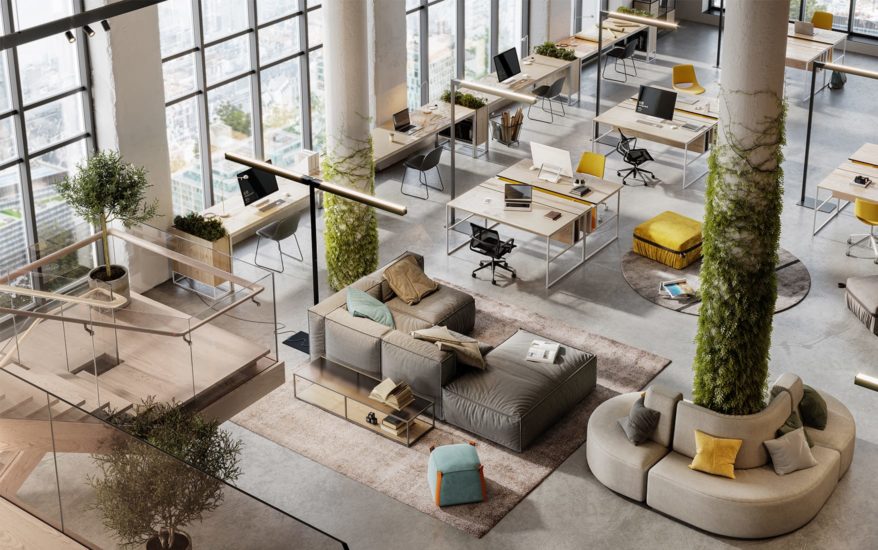
Demands on energy and utilities in our working environments are changing like never before. This fundamental shift puts pressure on organizations in the sector to adjust how they operate, not only to make the most of emerging opportunities, but also to meet evolving needs and working models within their own workforces.
Far from being replaced by remote work, physical workspaces within office environments still have an important role to play in the future of work. Every square foot of office space must be maximized in order to serve the needs of business and employees alike, and to deliver the best possible return on investment.
This ten-step process sets out the way forward, and highlights how cloud-based technology can make it all happen with flexibility and simplicity:
1. Redefine the office
The roles that offices fulfil in the months and years ahead are likely to be very different post-pandemic. Out goes the five-day-a-week nine-to-five, and in comes a more flexible hub for client meetings, collaboration and socialization. Determining exactly what the office exists for is the essential starting point.
2. Talk to employees
The workforce should be put front and centre of any major changes to the office environment – they’re the ones who will be working within it after all. Seeking feedback and clearly communicating plans every step of the way is critical to achieving strong employee buy-in.
3. Provide freedom and choice
Increasing numbers of people – especially in younger demographics – want to be able to choose when they work from the office and when they work remotely. Developing a flexible environment with shared workstations is key to enabling that freedom.
4. Exploit technology’s potential
Managing a variety of different workstations, meeting rooms and individual working arrangements can quickly become very complex. Technology removes the administrative burden from each area, and allows employees to seamlessly move from home working to office and back again.
5. Bring everything together
Siloed systems that treat employee and workspace schedules separately is a recipe for disaster. The best way forward is a single workspace management and scheduling platform that joins all the dots, and allows everything related to how working is organized to be overseen from one place.
6. Integrate collaboration
When employees are working across a combination of home and office environments, they need to be able to collaborate and communicate with ease. Workspace scheduling solutions can integrate video conferencing provision, so that the right meetings rooms are always equipped with the right technology.
7: Connect employees constantly
In a fast-moving industry, employees expect all the information they need to do their jobs to be accessible at all times. That’s why mobile app integration for scheduling software is essential, so that they can instantaneously make workspace reservations or make changes to them, wherever and whenever they’re working.
8. Maintain transparency
Organizing meetings or team-working is made far easier when employees can quickly determine a meeting time that suits everybody. Good scheduling solutions will make every employee’s individual diary fully accessible, so meeting organizers can get a real-time view of availability when making a reservation.
9. Monitor workspace usage
Business needs can evolve over time, and in the current climate, they probably will. Because of this, workspaces will need to evolve in order to keep pace and stay relevant to demands. The real-time information that workspace management software can provide on utilization and occupancy rates can make a huge difference here.
10. Keep things fluid
Based on the insights around workspace usage, it’s then far easier to make the right decisions about reshaping the workplace by adding or removing workstations and meeting rooms as required. This ensures that an organization can always get the most out of its real estate, both in terms of financial value and the value it represents to the business.



